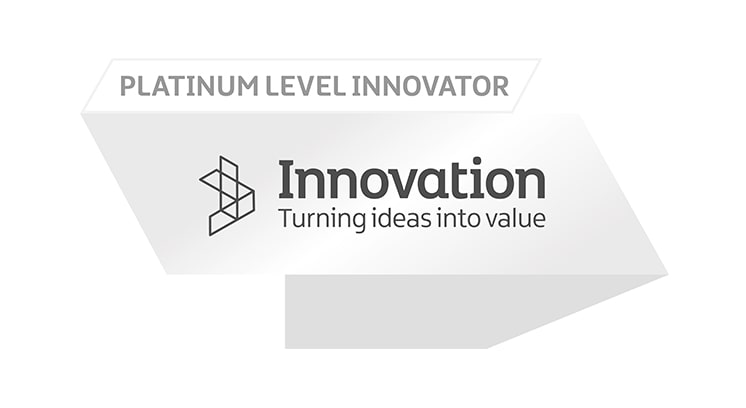Maintenance Software
in Field Service
Providing visibility on all aspects of field maintenance operations with real-time reporting, inspection data capture, job compliance and inventory management.
What is Maintenance Software?
Maintaining assets is the backbone of many field service organisations. Effective maintenance management ensures a business’s streamlined and efficient working as the competition grows across industries. Field service organisations are pressured to be faster, more efficient, and deliver the best customer experiences without error.
Maintainance Software tracks and manages all maintenance activities in delivering field service operations. Maintenance Software organises, trails and analyses all daily tasks a mobile workforce completes, connecting them to the rest of the organisation and providing visibility to service planners.
The spectrum of maintenance software runs from very simple to highly sophisticated. Basic systems typically focus on work order management and allocating work requests. In contrast, complex systems like Enterprise Asset Management (EAM) or Computerised Maintenance Management Systems (CMMS) software provide visibility to all aspects of field maintenance operations. EAM and CMMS, while different, typically range in scope from real-time reporting to compliance documentation and inventory management. This guide will focus on CMMS. To read more about EAM, check out our other guide here.
What is CMMS (Computerised Maintenance Management Software)?
CMMS manages all maintenance necessary during the operational lifespan of an asset. The typical duties of CMMS include work scheduling, inventory automation and record keeping. CMMS differs from EAM, with the latter typically providing a view of facility assets’ lifecycle from installation, to operation, through maintenance and repairs to eventual replacement.
How is maintenance software helpful?
Maintenance Software is helpful in field service delivery for the following key reasons.

Reduces Downtime
Maintenance software boosts productivity by ensuring equipment is available at the right time and maximises the functional operation of assets when needed. Travel for reworking or inefficient follow-up maintenance disappears, saving an organisation valuable time and operational costs.

Improves First-Time Fix Rate
Maintenance software solutions provide an all-in-one solution for work scheduling, tracking operatives and managing inventory to decrease no-access appointments or lack of resources. This control level is critical when skills shortages arise or legislative changes occur. CMMS can integrate with systems operating alongside daily operations such as communication and invoicing to manage contractor relationships. By doing this, CMMS can ensure equipment, components, operatives, or contractors are continually available to match demand and increase productivity.

Record Asset History
Understanding an asset’s past goes a long way toward explaining its present and future performance. Maintenance software enables ongoing logging and reporting of issues while providing a platform to record inspections with individualised images, videos and notes. Inspection logs can inform root cause analyses to offer bespoke maintenance solutions and schemas for each asset. Field technicians can rely on this bank of historical records and asset resources to see how problems were solved in the past, empowering them to make quick repairs which minimise downtime.

Controlling Costs & Inventory
Maintenance software gives an organisation an unprecedented view of all maintenance activities across multiple departments and geographies. Visibility enables greater cost control in several ways. Reducing labour expenses is possible thanks to maximising technician productivity in the field. Greater productivity during working hours reduces overtime expenses and the need to hire additional workers to meet demand. Inventory tracking and automation reduce the need to order parts and spares for low-priority or low-demand tasks.
What are the differences between CMMS and EAM?
CMMS, confusingly, is sometimes used as a synonym for Enterprise Asset Management (EAM). Both EAM and CMMS share very similar objectives but have a different scope. CMMS established the foundation for EAM with the functions of these two systems of maintenance management overlapping. EAM, thanks to more excellent connectivity and the ability to share information far and wide, can foster deeper collaboration across departments and sites while integrating into other systems more effectively.
EAM solutions have a broader business context which considers overall asset lifecycle, process management, risk compliance, asset disposal and comprehensive financial analysis. CMMS solutions typically focus on fixed asset availability and labour scheduling, as well as managing labour and resources. CMMS also provide inspection and historical asset resources and on-demand report and audit generation, an invaluable tool for technicians. To read more on Asset Management in field service, check out our complete guide below.
Maintenance Software FAQs
What is CMMS?
CMMS (Computerized Maintenance Management System) is an industrial computer or software system created to simplify maintenance management in delivering field service. CMMS may include the management of work orders and the planning and execution of preventive maintenance.
What are the differences between CMMS and EAM?
EAM and CMMS (Computerized Maintenance Management Systems) are solutions to manage assets and maintenance for the responsible organisation. EAM systems look at larger-scale operations, covering multiple sites, geographies and departments. CMMS focuses on small-scale, single-site applications.
What is downtime?
Every industry with operations primarily based in the field can benefit from using CMMS Software. Field service organisations require work to be completed both occasionally and repeatedly. A fully featured CMMS System can help organise those individuals responsible for managing field assets effectively.
What is Work Order Management?
Work Order Management software aids in the communication and management of daily tasks. Work order management software enables service management to effectively track and manage complete sets of work order information through a single platform. Centralising service requests, real-time status updates, and task completion allow location or facility managers to manage work orders across a multi-location, multi-region enterprise easily.






